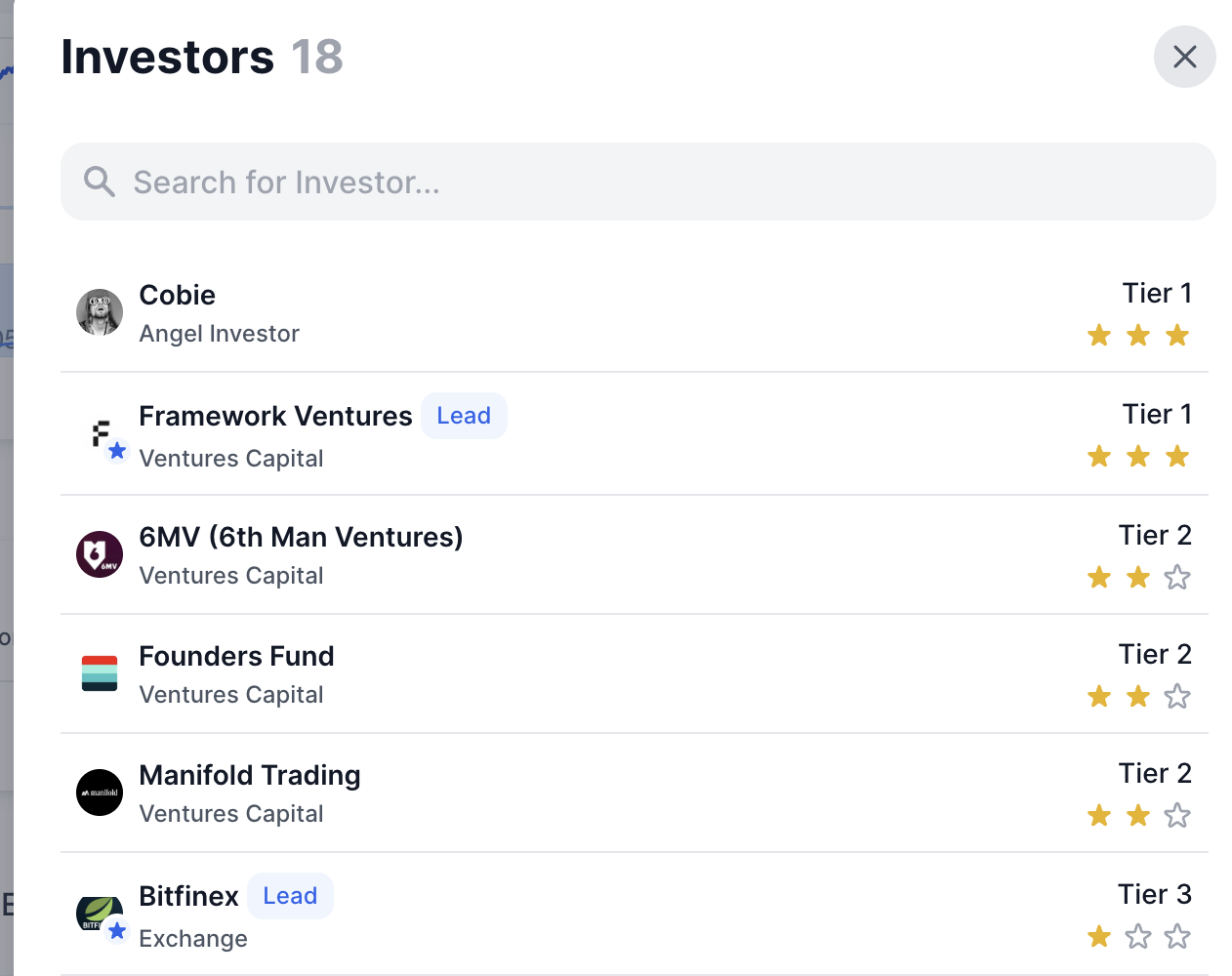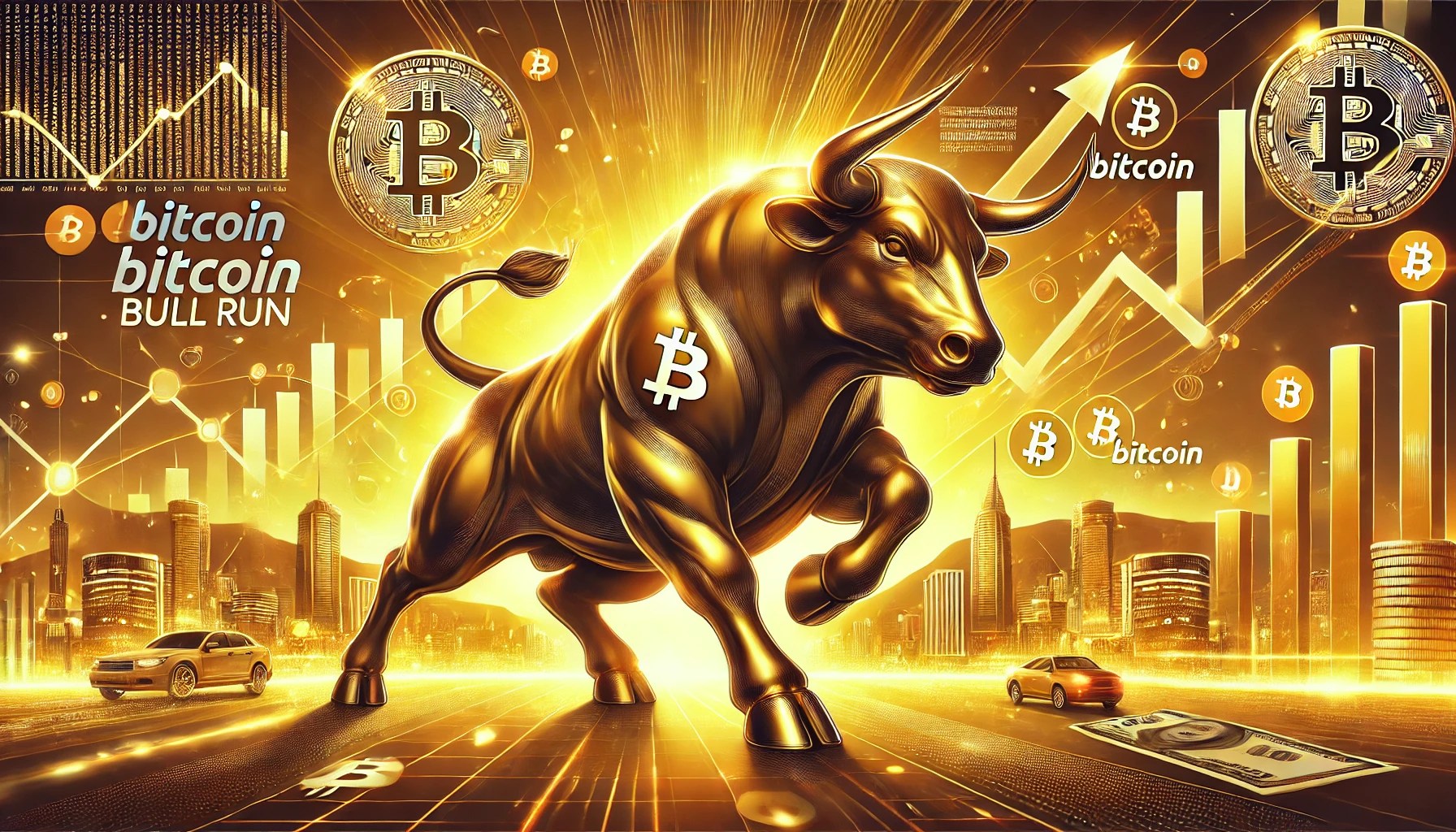Plasma (XPL) has emerged as some of the intently watched blockchain initiatives in 2025, drawing vital consideration from each retail and institutional buyers.
What’s Plasma?
Plasma XPL is a purpose-built, EVM-compatible Layer 1 blockchain engineered particularly for stablecoin funds. Its design aim is to let customers transfer stablecoins (e.g. USDT) rapidly, with low latency, and in lots of circumstances with zero charge for primary transfers. The community is secured by way of a variant of Byzantine Fault Tolerant consensus (PlasmaBFT), and it attracts legitimacy and stability from backing by main organizations within the crypto house.
At launch, Plasma claimed throughput exceeding 1,000 transactions per second and block occasions underneath 1 second, putting it within the high-performance class of blockchain methods. Additionally it is backed by distinguished names in business and finance, similar to Tether/USDT, Bitfinex, Founders Fund, and others.
Lately, Plasma has rapidly turn out to be a spotlight of market FOMO due to a number of notable indicators. At launch, the community attracted greater than $2 billion in stablecoin liquidity, and inside simply two days the stablecoin provide on Plasma exceeded $7 billion, reflecting unprecedented capital inflows. Buying and selling quantity surged by over 300,000% in 24 hours, driving the worth up by 50–85% inside a single day.
In simply 2 days, stablecoin provide on Plasma has surpassed $7 billion.
The longer term is brilliant. pic.twitter.com/uD3Dgs6e9i
— Plasma (@Plasma) September 27, 2025
Just one.8 billion XPL, have been circulating at launch, creating shortage that fueled hypothesis. Giant buyers reportedly dedicated tens of hundreds of thousands in USDT throughout early gross sales, reinforcing the narrative of sturdy whale curiosity. Binance listed XPL instantly, distributing 75 million tokens by a HODLer airdrop and reserving an extra 200 million tokens for future advertising campaigns. Collectively, these elements positioned Plasma as a major “gem searching” goal, although additionally they spotlight the dangers of hype-driven volatility and upcoming token unlocks.
What Does Plasma Clear up?
First, charge friction: On networks similar to Ethereum or BNB Chain, customers must have a small quantity of fuel tokens of their wallets to pay for fuel charges. In some circumstances, it causes inconvenience for brand spanking new customers. Plasma addresses this difficulty by a paymaster mechanism. This design permits primary USDT transfers to be executed with no direct charge for the top person, thereby eradicating the dependency on holding native tokens and making stablecoin funds extra environment friendly.
Second, latency and finality: many present chains have trade-offs between throughput and finality (time to irreversible affirmation). Plasma’s consensus (PlasmaBFT) is designed to permit quick finality in seconds.
Third, person expertise and onboarding: customers unfamiliar with crypto don’t wish to handle a number of tokens simply to ship stablecoins. By permitting customized fuel token help (customers could pay fuel in stablecoins or different permitted ERC-20s), Plasma reduces cognitive overhead.
Supply: Plasma
Fourth, scaling fee flows: stablecoin use circumstances (remittances, point-of-sale, micropayments) require excessive throughput and predictable price constructions. Plasma is optimized for high-volume funds, not solely common DeFi or NFT workloads.
Lastly, safety belief: to reassure monetary establishments and stablecoin issuers, Plasma designs sturdy safety measures, together with anchoring and rigorous consensus, to cut back the danger of reorgs or censorship.
Therefore, Plasma sits between the extremes of specialised fee rails (e.g., Visa, SWIFT) and general-purpose blockchains, providing a “money-native” Layer 1 for dollar-denominated digital worth.
How Does Plasma Work?
From an architectural perspective, Plasma layers its protocol into a number of cooperating elements: an execution layer, a consensus/sequencing layer, and mechanisms for fuel abstraction, paymaster logic, and bridging.
One among Plasma’s standout options is zero-fee USDT transfers: for easy ship/obtain USDT operations, the protocol’s built-in paymaster covers fuel, which means finish customers don’t must possess XPL to maneuver stablecoins.
One other key function is customized fuel token help: builders can register ERC-20 tokens (together with stablecoins) in order that fuel charges for good contract interactions could also be paid in these tokens reasonably than forcing customers to carry XPL for fuel. This improves usability and suppleness.
Plasma additionally affords EVM compatibility by way of Reth as its execution layer: builders can deploy contracts by utilizing commonplace Solidity with minimal adjustments.
Supply: Plasma
On consensus, Plasma employs PlasmaBFT, a variant of HotStuff (Quick HotStuff) consensus mechanism. Plasma parallelizes many issues in its pipelines similar to proposal, voting, committing processes, to make sure the blocks work properly with excessive throughputs.
Furthermore, Plasma is creating or planning confidential funds: a module to permit privateness of quantities or sender/recipient whereas sustaining compatibility with good contracts. As of late 2025, this function is underneath analysis however not absolutely launched.
The protocol helps a Bitcoin bridge / trust-minimized BTC utilization in order that Bitcoin can be utilized natively inside good contracts by way of a wrapped variant (pBTC). In impact, it blends the safety and ubiquity of Bitcoin with programmable logic.
Plasma mainnet beta will go stay with $2B+ in liquidity, making us the eighth largest chain by stablecoin provide.
The longer term is brilliant, on Plasma. pic.twitter.com/KPALwq1AJq
— Plasma (@Plasma) September 23, 2025
At launch, the community started with over $2 billion in stablecoin deposits/TVL, placing it instantly within the top-tier blockchains by TVL for a brand new community. The mainnet beta additionally launched with a number of DeFi integrations (Aave, Ethena, Fluid, and Euler) from day one.
And eventually, institutional-grade safety and integration with stablecoin issuers is baked into its design. Plasma markets itself not purely as a blockchain for crypto natives however as infrastructure for digital {dollars}, aiming to bridge legacy finance with on-chain rails.
Plasma’s working logic is to mix quick consensus, fuel abstraction, and stablecoin-native help right into a unified system that treats USD-equivalent worth as a first-class asset.
XPL Tokenomics
XPL Token Metrics
The XPL token has:
Token Title: PlasmaTicker: XPLWhole Provide (Fastened): 10,000,000,000Circulating provide: roughly 1,800,000,000 XPL (18 %)Market capitalization at itemizing: reported over $2.4 billion as XPL debuted on exchanges.


XPL Token Allocation
The XPL token allocation is structured as follows:
Public Sale: 10 % (1,000,000,000 XPL)Ecosystem & Development: 40 % (4,000,000,000 XPL)Workforce (and future service suppliers): 25 % (2,500,000,000 XPL)Buyers / strategic backers: 25 % (2,500,000,000 XPL)
XPL Allocation
XPL Token Vesting Schedule
The XPL token vesting schedule is as follows:
Public Sale
Allocation: 1.00 billion XPLUnlock: 100% vested at TGE (1.00 billion XPL launched instantly)
Workforce
Allocation: 2.50 billion XPLUnlock: 0% at TGEVesting: Cliff + linear launch over 24 months
Buyers
Allocation: 2.50 billion XPLUnlock: 0% at TGEVesting: Cliff + linear launch over 24 months
Ecosystem & Development
Allocation: 4.00 billion XPLUnlock: 20% at TGE (0.80 billion XPL), the rest vested over time
Token Vesting Schedule
XPL Token Utility
The XPL token is on the coronary heart of the Plasma ecosystem. With utilities as follows:
Gasoline and Transaction ChargesStaking and Community SafetyValidator Rewards and IncentivesEcosystem Development and Incentive FundingGovernance and Protocol Upgrades
Plasma Buyers
Plasma has attracted backing from a number of well-known names in crypto and enterprise capital:
Cobie – Angel investor, acknowledged determine within the crypto neighborhood.
Framework Ventures (Lead) – Tier 1 crypto VC, early backer of main DeFi initiatives.
6MV (sixth Man Ventures) – Tier 2 VC with deal with Web3 startups.
Founders Fund – Tier 2 enterprise capital agency with international presence.
Manifold Buying and selling – Tier 2 quantitative buying and selling and enterprise agency.
Bitfinex (Lead) – Tier 3 change, intently linked to Tether ecosystem.


Plasma Buyers
FAQ
What’s Plasma?
Plasma is a Layer 1 blockchain designed for stablecoin funds.
Do I Want XPL To Ship USDT?
No. USDT transfers on the Plasma don’t require fuel. Solely advanced actions will want fuel.
How Is Plasma Secured?
The Plasma makes use of PlasmaBFT to safe the community. The consensus enhances quick finality and periodic anchoring of the chain to Bitcoin for extra assurance.
How Is Plasma Completely different From Tron Or Stellar?
Plasma is constructed particularly for stablecoin funds. It combines zero-fee transfers, the choice to make use of customized fuel tokens, and full EVM compatibility. Tron and Stellar, in contrast, are general-purpose fee networks with out full good contract flexibility.
What Are XPL’s Important Utilities?
XPL is used for staking, validator rewards, ecosystem funding, governance, and as fuel for superior transactions that transcend easy transfers.
Can XPL Be Used In DeFi?
Sure. The XPL token can be utilized as collateral.
What Dangers Ought to I Take into account?
As with many different blockchain networks, the dangers might embody validator centralization if some prime holders account for greater than 51% of the community. In addition to, they may additionally bear a promoting stress from token unlocks. The protocol with good contract vulnerabilities, and many others.


